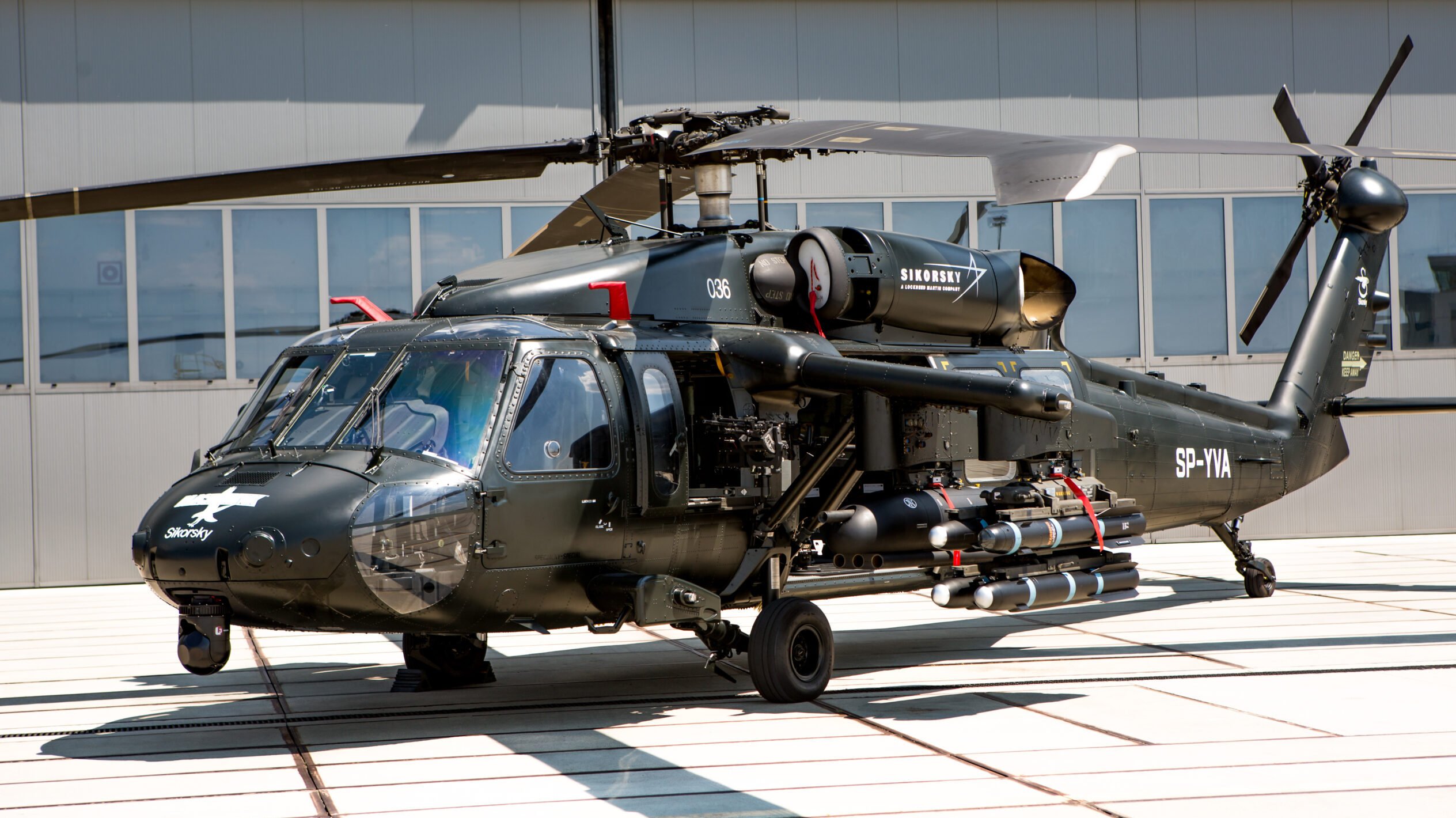Inside the Sikorsky S 70: What Establishes This Helicopter Apart from Its Rivals
Inside the Sikorsky S 70: What Establishes This Helicopter Apart from Its Rivals
Blog Article
Modernized Vertical Lift Platform With Advanced Compound Frameworks and Boosted Precaution
In the realm of vertical lift systems, a significant change towards modernization has been observed, driven by the integration of advanced composite structures and increased safety and security actions. These improvements stand for an essential evolution in the design and functionality of lift systems, guaranteeing boosted efficiency and reliability throughout different industries (sikorsky s 70). As sectors aim for higher functional precision and security requirements, the utilization of composite products and progressed safety attributes has actually become critical. In checking out the merging of technology and safety and security in modern-day lift systems, a compelling story arises, showcasing the capacity for transformative improvements that satisfy the ever-evolving demands of commercial fields.
Evolution of Upright Lift Platforms

The evolution of upright lift platforms can be mapped back to fundamental sheave systems and early lift styles. Over time, developments such as hydraulic systems, electrical motors, and advanced control mechanisms have vastly boosted the effectiveness and safety of these systems. Makers have additionally concentrated on improving the security, reach, and load-bearing capacities of vertical lift platforms to fulfill the diverse requirements of various industries.
Moreover, the assimilation of wise technologies like sensing units, IoT connection, and automation features has even more changed the capabilities of modern-day upright lift platforms. These technological improvements not only enhance operational productivity however likewise ensure heightened safety requirements for workers making use of these platforms at numerous heights. The continuous evolution of upright lift systems emphasizes their crucial role in boosting vertical mobility across sectors.
Integration of Advanced Composite Structures

Moreover, the use of advanced composite materials permits for even more facility and enhanced structural designs, making it possible for designers to tailor the system's residential or commercial properties to meet details efficiency requirements. Overall, the consolidation of advanced composite structures in modern vertical lift systems stands for a substantial innovation in aerospace innovation, leading to much more reliable, trustworthy, and much safer airborne transport systems.
Enhanced Precaution Implementation
Carrying out improved precaution is necessary in guaranteeing the optimum performance and integrity of contemporary upright lift platforms. These procedures encompass a series of techniques content focused on mitigating risks and improving total security requirements. One key facet of enhanced precaution is the integration of sophisticated sensing unit technologies to keep an eye on numerous parameters in real-time. By utilizing sensing units for functions such as structural health and wellness surveillance, load monitoring, and ecological picking up, potential dangers can be recognized early, permitting aggressive maintenance and restorative activities.

Market Applications and Benefits
With improvements in modern technology and engineering, updated upright lift systems have actually located varied applications throughout numerous sectors, offering significant benefits in efficiency and performance. The building market benefits from vertical lift platforms by allowing workers to access elevated areas safely and efficiently, improving overall job timelines.
Moreover, vertical lift systems play an essential role in the repair and maintenance of infrastructure such as bridges, power lines, and structures, permitting professionals to get to hard to reach areas with simplicity (sikorsky s 70). The aviation sector also leverages these platforms for airplane maintenance and setting up jobs, boosting process effectiveness and guaranteeing worker safety at elevations. On the whole, the extensive adoption of up-to-date upright lift platforms across markets underscores their versatility and the significant renovations they see this offer different operations
Future Trends in Lift System Innovation
Incorporating innovative automation and smart attributes, lift platform innovation is positioned to revolutionize vertical transport systems in the close to future. One vital fad is the assimilation of Net of Points (IoT) modern technology, making it possible for lift systems to connect real-time data for predictive upkeep, enhancing performance, and enhancing safety. As lift system technology continues to evolve, these trends are established to shape the future of vertical transportation, making it much more efficient, secure, and straightforward.
Conclusion
To conclude, the modernized upright lift system showcases the evolution of modern technology in the market. By integrating innovative composite structures and enhanced precaution, this system provides increased performance and security for numerous applications. The industry can profit considerably from these developments, and future patterns in lift system modern technology are likely to continue enhancing upon these advancements for even greater success and effectiveness.
In the world of vertical lift systems, a substantial shift towards modernization has been observed, driven by the assimilation of innovative composite frameworks and increased safety and security measures. The continual development of upright lift platforms underscores their essential role in enhancing vertical flexibility throughout markets.

The unification of advanced composite frameworks in modern upright lift platforms has actually dramatically boosted their architectural integrity and performance capacities. By integrating these innovative compounds into the layout and construction of upright lift platforms, manufacturers can decrease total weight, increase load-carrying capacity, and enhance the platform's longevity and longevity.
Carrying out boosted safety and security measures is necessary in making certain the optimum efficiency and reliability of modern upright lift platforms.
Report this page